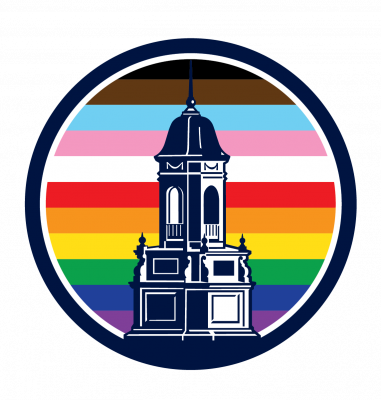Today’s Post is a Q&A with a new member of the EMSWG. Dr. Kathryn Moore is an Assistant Professor of Art History.
- Can you tell us a bit about your background (academic and otherwise)? Where are you from? Where else have you taught, researched, etc?
I am from Virginia and did an interdisciplinary BA as an Echols Scholar at the University of Virginia. I studied Latin and Italian languages and literature, as well as the history of art and architecture. I then completed an MA and PhD in art history at New York University’s Institute of Fine Arts, where I did coursework in Italian architectural history with Marvin Trachtenberg and Islamic art and architecture with Priscilla Soucek. While a graduate student, I studied Turkish at the University of Chicago. My studies at New York University were supported by a Jack Kent Cooke Foundation Graduate Scholarship. In my last two years of graduate school, I was a Kress pre-doctoral Rome Prize Fellow at the American Academy in Rome. After finishing my PhD, I was a Visiting Assistant Professor at the University of Pittsburgh and an ACLS New Faculty Fellow at the University of California at Berkeley. With support from the ACLS fellowship, I completed the summer intensive program in Modern Standard Arabic at the Qalam wa Lawh school in Rabat, Morocco. I then taught as an assistant professor at both the University of Hong Kong and Texas State University. In my various positions, I have taught courses across medieval and Renaissance European art history and Islamic art history, with a particular focus on the Mediterranean research. My research has also spanned the medieval and Renaissance periods and has taken me to Turkey, Israel, North Africa, and much of Europe. Last year, I was a fellow at Villa I Tatti, Harvard University’s center for Renaissance studies in Florence, Italy.
- Can you tell us about your previous works/projects?
My first book project, published by Cambridge University Press in 2017, explored perceptions of the sacred architecture in the Christian Holy Land, from late antiquity through the early modern period. The publication was based upon research in manuscripts and printed books relating to perceptions of the Holy Land, particularly in the context of real or imagined pilgrimages. My goal was to understand the role of books in both mediating the experience of Holy Land architecture and informing physical recreations of buildings like the Church of the Holy Sepulcher in Jerusalem.
- What are your current projects?
My second book project is focused on the concept of the arabesque, which first emerged in early modern Italy. I am exploring how the development of the visual concept of the arabesque within European art related to perceptions of Arabic culture, beginning in the twelfth century.
- What sparked your interest in pursuing your current project?
Renaissance Italy and early modern Europe are often thought of as primarily oriented towards the legacy of ancient Rome. I have always been interested in reorienting European art history to consider engagements with the Islamic cultures of the Mediterranean region. The concept of the arabesque also has a rich and complex legacy within European culture of later centuries, in fields as diverse as German Romantic literature and French musical theory. I think that understanding the emergence of the concept might help illuminate this larger history.
- What are your other interests? (As a scholar or otherwise—everyday preoccupations, hobbies, grand ambitions, etc.?) Do these other interests inform your research in some way and, if so, how?
As an amateur pianist, I am working on playing and understanding some of the complex arabesque compositions of nineteenth-century music. From my perspective, arabesques challenge perceived boundaries between media, senses (visual and auditory), genres, languages, and cultures. I am hoping to have the time to study eighteenth- and nineteenth-century cultures in depth in the future, in order to understand this larger history.

